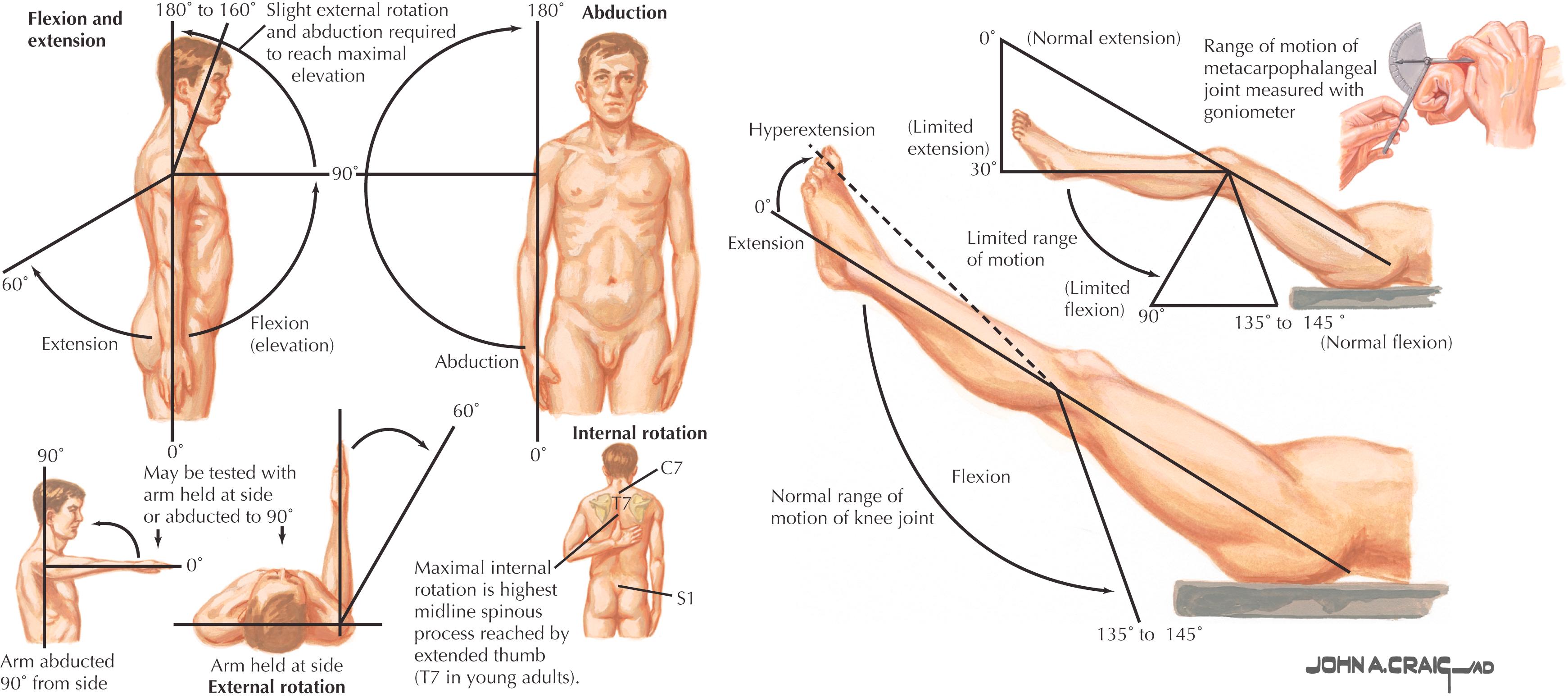Physical Address
304 North Cardinal St.
Dorchester Center, MA 02124
The overall goal of rehabilitation is to enhance the recovery of injured tissues and avoid stresses that may prove deleterious to the healing process.
This is accomplished by understanding normal function, pathomechanics, and the healing processes of specific tissues.
Current research and scientific evidence must establish guidelines for rehabilitation.
Rehabilitation specialists must integrate the medical team’s diagnosis and conduct a functional examination of the musculoskeletal system.
A team approach consisting of the physician, therapist, athletic trainer, coaching staff, and the athlete is essential in the comprehensive rehabilitation of the athlete.
Communication with the sports medicine team, along with an accurate and differential diagnosis, is the beginning of a successful rehabilitation process.
Communication between the rehabilitation specialist and physician should concern the type of injury, surgical procedure performed, method of surgical fixation, results of any diagnostic tests, integrity and quality of the patient’s tissue, and physician’s patient-specific expectations, so the appropriate rehabilitation program can be designed and implemented.
The rehabilitation specialist must determine specific functional impairments and specific structures involved by a thorough and systematic examination.
The rehabilitation program must be designed based on the patient’s unique response to injury and the athlete’s specific functional needs.
Program phases are designed to emphasize goals that are specific to the appropriate time frame of tissue healing at that particular point in rehabilitation:
Each phase will have specific goals that must be met, such as full range of motion (ROM), before progressing to the next phase.
Patients will reach milestones at different times, so criteria-based progression should be promoted over time-based progression.
Criteria-based progression assists with locating areas wherein the patient may be gradually improving and may thus need to be more heavily emphasized.
Establishing a differential diagnosis based on involved structures and causes contributing to the lesion is a fundamental part in designing the rehabilitation program.
Clinicians must promote healing while being careful to not overstress healing tissues.
The program must be progressive and sequential, with each phase building on the prior one.
Advancing a patient too quickly can result in inflammation, soreness, and potentially, tissue failure as opposed to controlled application of specific stresses, which can benefit healing tissues.
The first goal in many rehabilitation programs is to decrease pain and effusion.
Swelling stimulates sensory nerves and leads to an increase in the athlete’s pain perception.
Pain and inflammation can work as muscle inhibitors, thus causing disuse atrophy the longer the effusion is present.
Treatment options for swelling reduction include elevation, cryotherapy, high-voltage electrical stimulation, and joint compression.
Patients with chronic joint effusion may benefit from using a knee sleeve or compression wrap to apply constant pressure while they perform everyday activities; such devices can minimize joint effusion.
Patients with acute inflammation benefit from ice and elevation.
Pain may play a role in muscle activity inhibition that is observed with joint effusion.
Pain can be passively reduced through the use of cryotherapy and analgesic medications.
Commercial cold wraps immediately after surgery can be extremely beneficial.
Passive ROM (PROM) may also provide neuromodulation of pain during acute or exacerbated conditions.
Therapeutic modalities such as ultrasound and electrical stimulation may be used to control pain via the gate control theory of pain.
The speed of progression of rehabilitation, particularly weight-bearing and ROM, may affect pain and swelling; thus, any increase in pain and effusion in the involved joint should be monitored as the patient progresses and adds additional exercises ( Fig. 43.1 ).

New exercises should be carefully monitored to ensure the pace of rehabilitation is appropriate and the tissue is not being overstressed; this is particularly important with procedures involving articular cartilages.
Persistent pain, inflammation, and swelling may result in long-term complications involving ROM, voluntary quadriceps control, and a delay in the rehabilitation process; thus, it is imperative that these symptoms be minimized.
An evidence-based rehabilitation approach should be used to best direct clinical care, which allows for a more predicable functional outcome.
When progressing a patient through rehabilitation, consideration must be given to the healing tissue itself.
Consider if the patient is ahead of schedule and has no complaints: Can the patient continue at an accelerated rate without compromising the long-term health of his or her tissue?
Another consideration: Does someone returning at 4 months have better outcomes than someone returning at 6 months?
Several characteristics must be considered when deciding on the speed of rehabilitation:
The patient’s age, genetics, nutrition, concomitant injuries, and unique healing characteristics can all affect the rehabilitation timeline.
Injuries to the meniscus and/or collateral ligaments can slow the rehabilitation process, for instance, after anterior cruciate ligament (ACL) surgery.
Clinicians must also be aware of nonvisible concomitant injuries, such as bone bruises, that are associated with ACL injuries.
Critical decisions have significant effects on metabolic activity of the injury site and the return to normal joint homeostasis.
The risks and consequences of accelerated rehabilitation must be evaluated for each patient.
The science of rehabilitation should be applied to all injuries and surgeries, particularly rotator cuff repairs, superior labral anterior posterior (SLAP) repairs, meniscus repairs, and related procedures.
Restriction of motion is often necessary in acute stages to promote tissue healing. ROM restriction can cause (see Fig. 43.1 ):
Quick loss of muscular girth and strength
Joint contracture
Loss of proteoglycan and weakening of articular cartilage
“Motion is lotion for the joint.”
Deleterious effects of immobilization must be minimized, and immobilization should be avoided in almost all cases.
Current research indicates immediate controlled motion is critical to a successful outcome.
PROM is often performed by a skilled clinician, but can also be applied in the form of continuous passive motion (CPM).
PROM can also be applied by an isokinetic device in a PROM setting.
CPM after surgery has several benefits, including avoidance of arthrofibrosis.
Become a Clinical Tree membership for Full access and enjoy Unlimited articles
If you are a member. Log in here